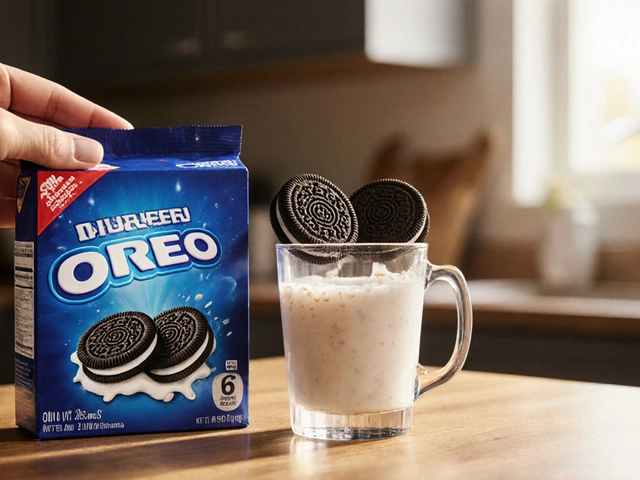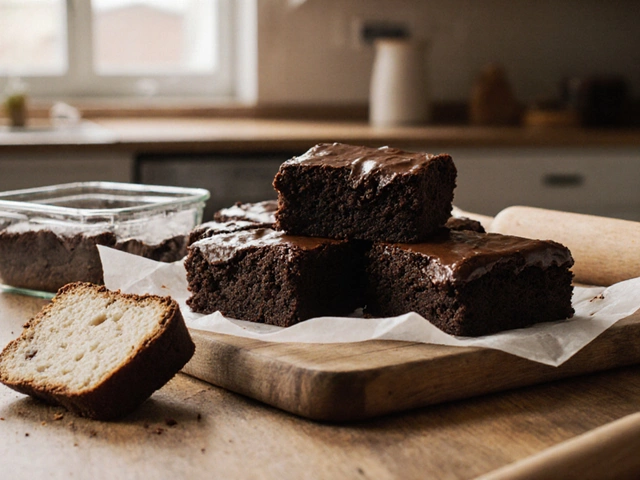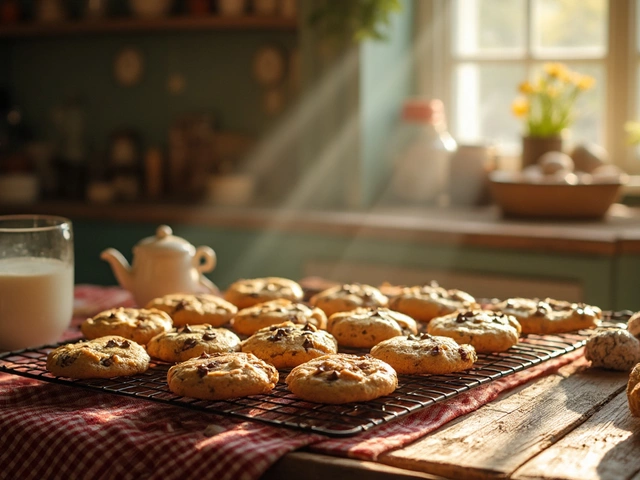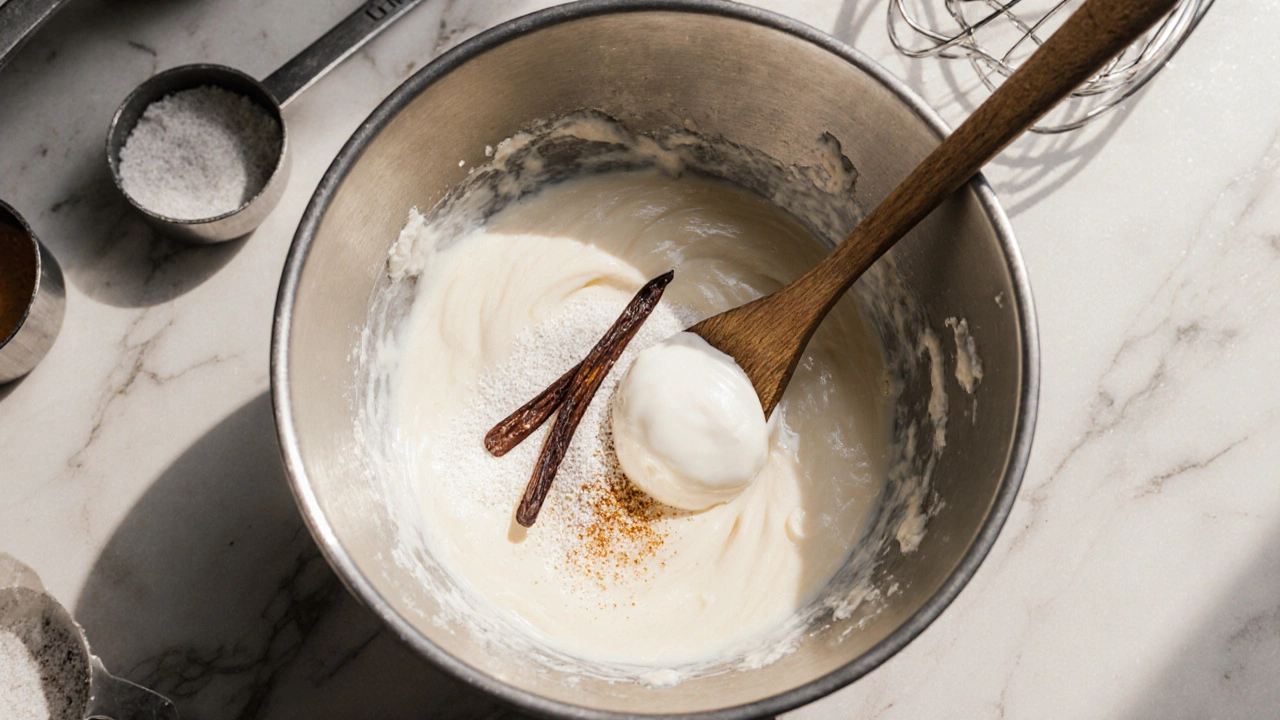
Sour Cream Cheesecake Calculator
Cheesecake Sour Cream Calculator
Determine how much sour cream to add for the perfect texture and richness in your cheesecake.
Recommended Sour Cream Amount:
| Ingredient | Fat % | Tanginess (1-5) | Effect on Texture |
|---|---|---|---|
| Sour Cream | 20 | 4 | Silky, moist, slight lift |
| Greek Yogurt | 10 | 3 | Light, a bit tangier, may dry if over-used |
| Ricotta | 12 | 2 | Grainy if not blended well, less tang |
| Crème Fraîche | 30 | 5 | Ultra-rich, very smooth, stronger tang |
Ever wondered why many cheesecake recipes call for a dollop of sour cream is a fermented dairy product with a smooth texture and a tangy flavor, typically containing about 20% butterfat in the batter? The answer lies in chemistry, texture, and flavor. Adding sour cream can make a cheesecake richer, silkier, and just a bit brighter on the palate without turning it into a yogurt‑style dessert.
Key Takeaways
- Sour cream boosts creaminess and prevents a dry crumb.
- Its acidity balances the sweetness and enhances the tang of the cheese.
- Use ¼ to ½ cup per 2‑pound cheesecake for best results.
- Greek yogurt or ricotta work as substitutes, but each changes texture slightly.
- Over‑mixing or using low‑fat sour cream can cause cracks.
What Sour Cream Actually Does Inside a Cheesecake
When you stir sour cream into the cheese mixture, three things happen at once:
- Fat enrichment: The butterfat in sour cream (around 20%) blends with the cream cheese’s 33% fat, creating a richer mouthfeel.
- Acidic balance: Lactic acid lowers the pH, which softens the protein network in the batter. The result is a lighter, less rubbery texture.
- Moisture retention: The water content of sour cream helps keep the cake from drying out during baking.
These three factors work together to give the cheesecake that classic “melt‑in‑your‑mouth” quality most bakers chase.
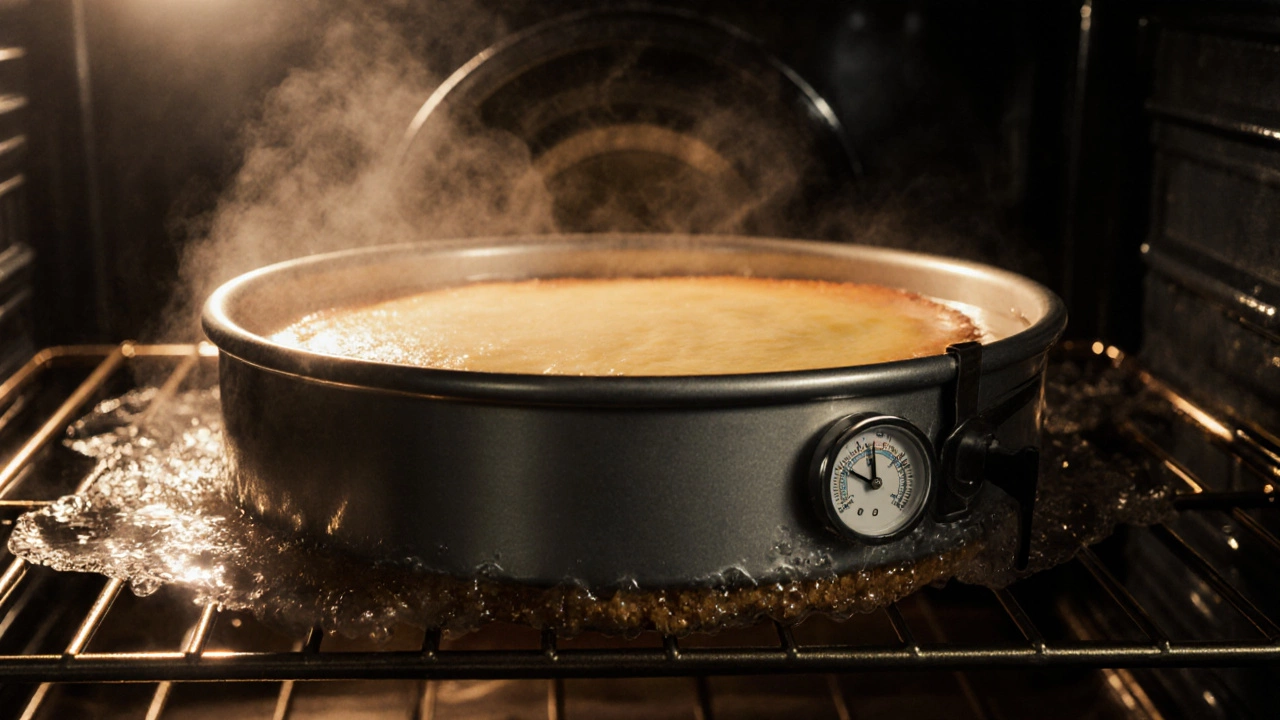
How to Incorporate Sour Cream the Right Way
Follow these steps to get consistent results:
- Prepare your base (graham cracker or digestive biscuit crust) and set it aside.
- Beat cream cheese is a soft, high‑fat cheese that forms the backbone of most cheesecakes until smooth, about 2 minutes on medium speed.
- Add sugar and vanilla; beat until dissolved.
- Gradually mix in the sour cream. For a standard 2‑pound cheesecake, use ¼ cup (60ml) for a subtle lift or ½ cup (120ml) if you want a noticeably silkier bite.
- Fold in eggs one at a time, scraping the bowl after each addition. Over‑mixing creates air bubbles that can turn into cracks.
- Pour the batter over the crust and bake in a water bath at 325°F (163°C) for 45‑55 minutes, or until the edges are set and the center still jiggles slightly.
After baking, let the cheesecake cool in the oven with the door ajar to avoid a sudden temperature drop, which can also cause cracks.
Comparing Sour Cream to Common Substitutes
| Ingredient | Fat % | Tanginess (1‑5) | Effect on Texture |
|---|---|---|---|
| sour cream | 20 | 4 | Silky, moist, slight lift |
| Greek yogurt is a strained yogurt with a thick consistency and about 10% fat | 10 | 3 | Light, a bit tangier, may dry if over‑used |
| ricotta is a soft cheese made from whey, typically 8‑12% fat | 12 | 2 | Grainy if not blended well, less tang |
| crème fraîche is a French cultured cream with about 30% butterfat | 30 | 5 | Ultra‑rich, very smooth, stronger tang |
Choosing the right dairy depends on what you value most. If you crave the classic sour cream cheesecake flavor, stick with sour cream. Want lower fat? Greek yogurt does the trick, but reduce the amount by a third to keep the cheesecake from getting grainy.
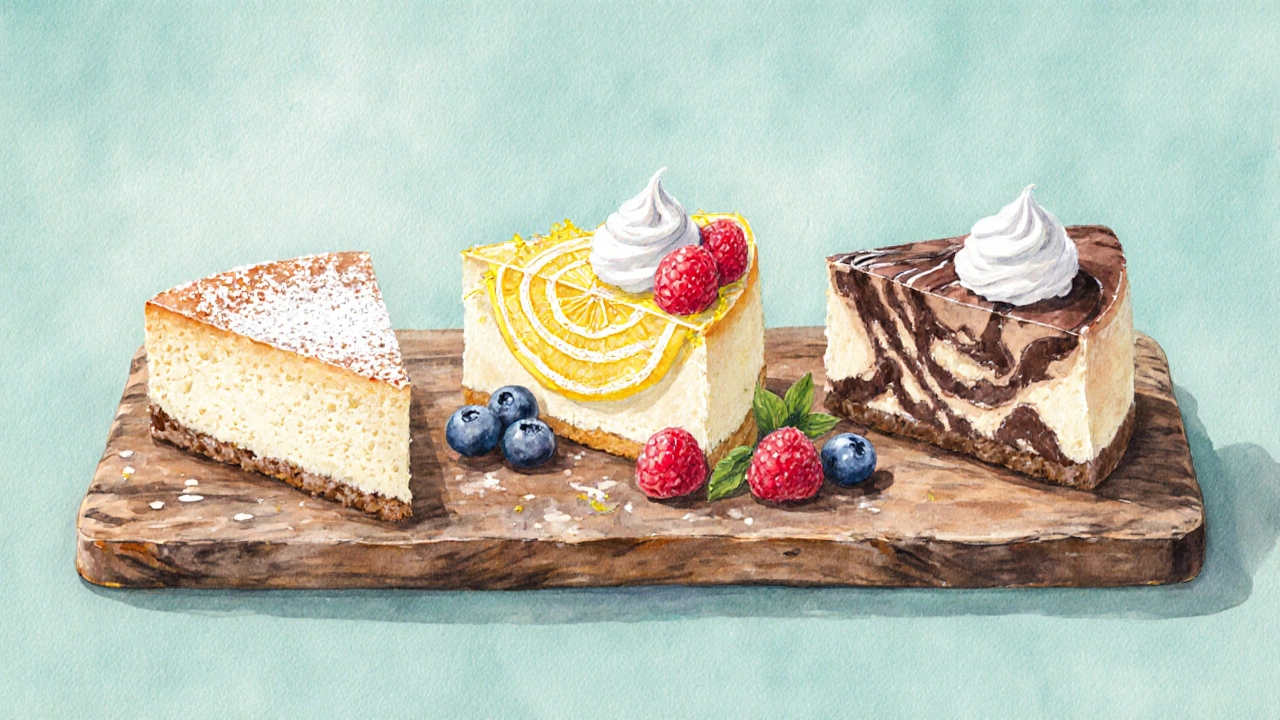
Common Mistakes and Pro Tips
- Using low‑fat sour cream: The reduced butterfat can make the cheesecake dry and cause it to crack.
- Adding sour cream too early: Mix it after the cream cheese is fully smooth, then blend eggs in.
- Skipping the water bath: The gentle steam prevents the edges from over‑cooking, which magnifies the sour‑cream effect.
- Over‑baking: Pull the cheesecake out when the center still wobbles; residual heat will finish the set.
- Not chilling long enough: Let the cheesecake rest at least 4hours, preferably overnight, for the flavors to meld.
Recipe Ideas That Showcase Sour Cream
Below are three variations that let sour cream shine:
- Classic New York‑Style: Use ½ cup sour cream, a vanilla bean, and a buttery graham crust.
- Lemon‑Berry Twist: Add 2tbsp lemon zest and swirl fresh berries into the batter. The lemon’s acidity pairs nicely with the sour cream’s tang.
- Chocolate Swirl: Melt 3oz dark chocolate and swirl it gently after pouring the batter. The rich chocolate balances the bright sour notes.
All three recipes follow the same basic method outlined earlier, so you can experiment without re‑learning the process.
Frequently Asked Questions
Can I replace sour cream with Greek yogurt?
Yes, but use about two‑thirds the amount because Greek yogurt is thinner and lower in fat. The cheesecake will be a bit lighter and tangier.
Does sour cream make the cheesecake richer?
The extra butterfat adds richness, while the acidity prevents the texture from feeling heavy. The result is a balanced, creamy slice.
What happens if I use low‑fat sour cream?
Low‑fat versions lack the butterfat needed for a smooth mouthfeel, often leading to a dry, cracked cheesecake.
Can I add sour cream to a no‑bake cheesecake?
Absolutely. Stir it in after the cream cheese and sugar are fully combined. It will keep the filling light and prevent it from becoming overly dense.
How long can a cheesecake with sour cream be stored?
Refrigerated, it stays fresh for up to five days. For longer storage, wrap tightly and freeze for up to two months; thaw in the fridge before serving.

